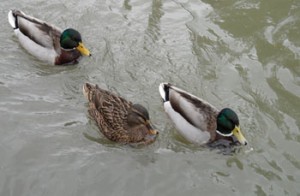Adopt or adapt? That is the question, or at least that is an important question to ask ourselves when the adoption of higher animal welfare legislation or standards is being discussed in the context of emerging economies.
Threats and opportunities have to be carefully weighed up, taking account of the fact that fluctuations in the market even at the immediately local level can have disastrous effects on the livelihood of entire communities.
There can be a strong temptation to export practices and production systems wholesale from one country to another – or from one continent to another –in the belief that things are easily replicable, but this can actually have catastrophic consequences.
The exportation of intensive farming systems from industrialised countries to emerging economies over the last half-century has caused huge damage to animal welfare, and it has also had other negative impacts – on the environment, for example.
On the other hand, well-meaning attempts have sometimes been made to export positive models successfully adopted
in one country or region to others in completely different environmental, social or political conditions, without considering how technology should be adapted to the place where it is to be used and the available resources.
Making proposals based only on an individual’s or an organisation’s particular experience in one country or region of the world can be a recipe for disaster. We need to understand rather than patronise.
Taking the opposite approach can produce appalling outcomes too: a clear example is the idea that animal welfare is only good for certain countries, that it is some kind of luxury accessory for rich regions. Such a view does not take into consideration either the support for animal welfare in local populations, or the huge opportunities that emerging economies can exploit internally and in international markets (if intensification has not already completely destroyed the traditional local farming systems).
Differences have to be taken into serious consideration, but they must be analysed and understood with the aim of achieving the best possible outcomes for animals and consumers. The attempt to reject change not only harms animals, but in the long term undermines the very same producers who think they can live in the past for ever by maintaining systems that are increasingly – and rightly – being rejected worldwide.




